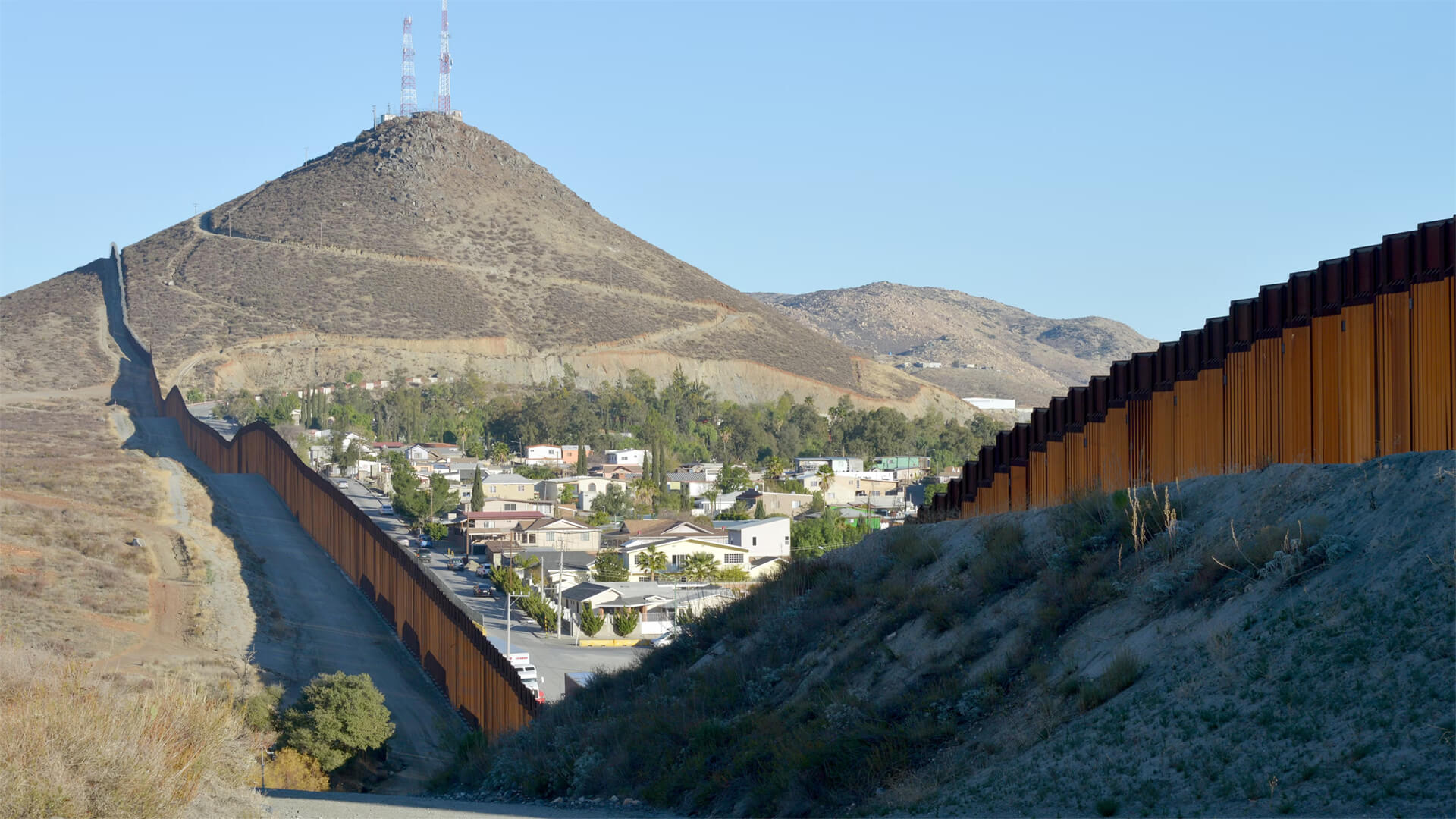It’s time that we discuss the situation at the US – Mexico border. What’s going on and how is it all going to shake out?
Over 2 million people crossed the border illegally last year. Crossings appear to have been decreasing over the past six months thanks to executive orders by President Biden (although, they were first part of a Republican proposal). While these crossings might be happening via Mexico, the majority of those entering the US illegally are not Mexican.
These migrants are coming from Central American countries like Honduras and Nicaragua, as well as countries like India, Russia and China. While some of these people used to enter legally, policy changes have forced them to cross via more illicit means. Physical barriers can only do so much in preventing these crossings, so it may be time to explore political solutions.
Since most of these migrants are entering through Mexico, that should be the first line of defense. Discussions between Mexican President Andrés Manuel López Obrador (Amlo) and President Biden have led to positive trends in managing border crossings. However, this issue is constantly evolving and will require much more than a big wall and soft handshakes to sort out.
Here at Zeihan On Geopolitics we select a single charity to sponsor. We have two criteria:
First, we look across the world and use our skill sets to identify where the needs are most acute. Second, we look for an institution with preexisting networks for both materials gathering and aid distribution. That way we know every cent of our donation is not simply going directly to where help is needed most, but our donations serve as a force multiplier for a system already in existence. Then we give what we can.
Today, our chosen charity is a group called Medshare, which provides emergency medical services to communities in need, with a very heavy emphasis on locations facing acute crises. Medshare operates right in the thick of it. Until future notice, every cent we earn from every book we sell in every format through every retailer is going to Medshare’s Ukraine fund.
And then there’s you.
Our newsletters and videologues are not only free, they will always be free. We also will never share your contact information with anyone. All we ask is that if you find one of our releases in any way useful, that you make a donation to Medshare. Over one third of Ukraine’s pre-war population has either been forced from their homes, kidnapped and shipped to Russia, or is trying to survive in occupied lands. This is our way to help who we can. Please, join us.
Transcript
Hey everybody, Peter Zeihan here, coming to you from hot and smoky Colorado, where we’re finally getting some much, much, much needed rain to put out the forest fires that are way, way, way too close. Anyway, I’m back for a couple of days, so I want to give you an update on what’s going on at the border.
Now, as we all know, over 2 million people crossed illegally last year. Whether that’s good, bad, or indifferent depends on your politics. From a rule of law point of view, it’s questionable at best. Politically, it’s untenable. But economically, if it hadn’t happened, we’d probably have 10% inflation because of labor shortages. So, pick your poison—what problem do you want to embrace, and which one do you want to work against?
Now that we’re into August, there are two big things going on. First of all, the number of apprehensions at the border has been steadily dropping for the last six months. This is largely due to a package of executive orders that Joe Biden enacted a few months ago. These include summary expulsions and much stricter rules on asylum. These measures were part of a Republican-sponsored project earlier this year to remake the border. The Democrats were forced into it, but then Donald Trump thought this would be a victory for Biden, so he told his allies in Congress to scuttle the deal. In response, Biden went ahead and imposed the Republican ultimatum as a series of executive orders. I don’t want to say it’s working—it’s too soon to know for sure—but tensions at the border have dropped by roughly a third during this time. We’re well below the high levels of detentions and crossings from last year, and preliminary data for July and August suggests that trend is continuing.
The second thing is that folks from beyond Central America are now making up a larger and growing group of those crossing the U.S. border. Remember, the majority of people crossing were from the failed or nearly failed states of Honduras, Nicaragua, and El Salvador. But now, there’s a significant number coming from other places, especially India, Russia, and China. These are people who used to come to the United States legally, but due to the lack of immigration reform through the Obama, Trump, and now Biden years, most legal pathways for immigrants have been closed. So now, people are just coming illegally, which means different tools are being used to regulate the flow.
Specifically, Biden has had a series of deep conversations with his counterpart in Mexico, President López Obrador (AMLO). Behind the scenes, they’ve quietly cut a deal where Mexico acts as the first line of defense. This makes it more difficult for people from those failed states to travel north. Once they get to the northern border, they’re put on buses and shipped back to the southern border. Secondly, Mexico is no longer accepting third-party visas for would-be immigrants coming from places like China. It used to be that you could fly from China to Mexico City and then come up, but not anymore. Now, they’ve been flying to places like Ecuador and trying to connect through to Mexico, but that doesn’t work anymore either. So, they’re trying to go through Bolivia or Africa, but now the Mexicans are saying unless you have a year-long multi-entry visa for all the countries on your trip, we’re just going to ship you back. This means all the countries where they used to start, like Korea, Japan, Vietnam, or Russia, are now having to take deportees on flights from Mexico City.
None of this would have been possible without having a conversation with AMLO. And AMLO is a difficult guy to have a conversation with—just ask Donald Trump. He banged his head against the Mexican administration for a couple of years early in AMLO’s reign. It hasn’t been any easier for Joe Biden, but after a fashion, we have the beginnings of a deal.
Will it work? For the moment, things are trending in a positive direction if you want to keep the border closed. But keep in mind, this border is 2,000 miles long. Even if the United States were to deploy its entire military to the border, that’s only enough people for one dude every 50 feet, assuming no one ever takes a break or sleeps. So, there has to be a political angle to any sort of border management. Simply building a wall won’t work because, as we found out in the early years of the Trump administration, if you can quadruple your income by using a ladder, well, you’re going to use the ladder. The wall hasn’t done much to inhibit people from crossing illegally.
However, a political deal, like the one we saw between Trump and AMLO and now between Biden and AMLO, which turns all of Mexico into a kind of a wall—that works a lot better.
Alright, that’s it for me. Take care.








